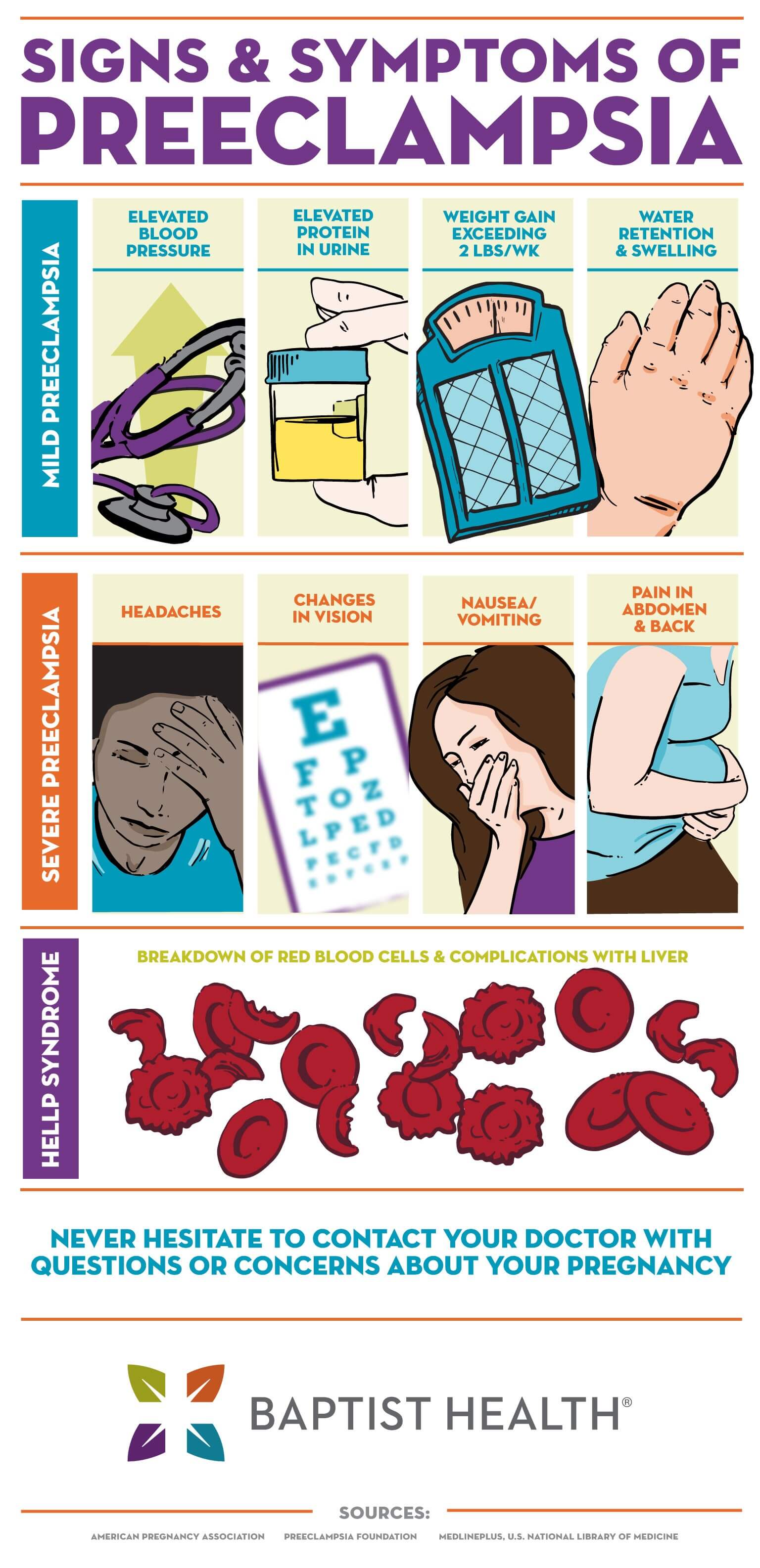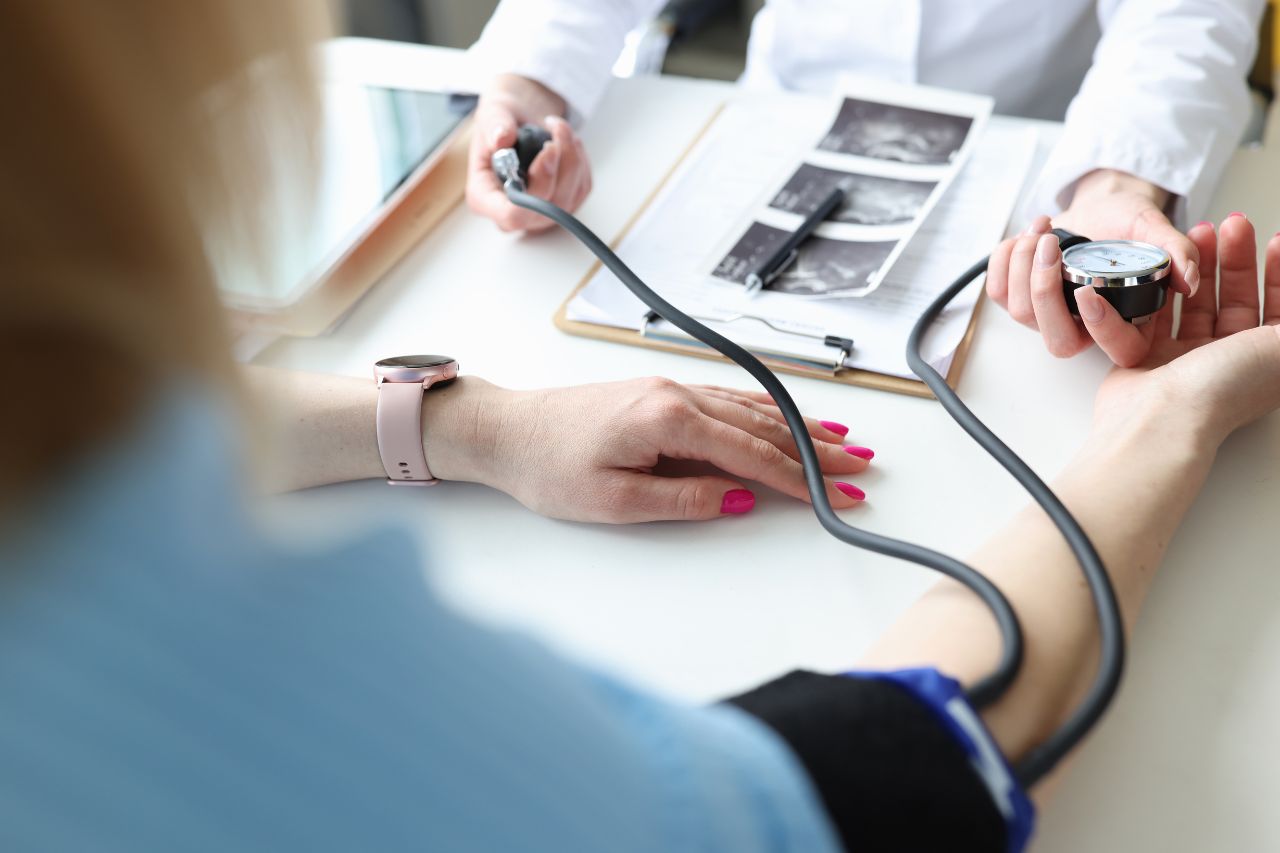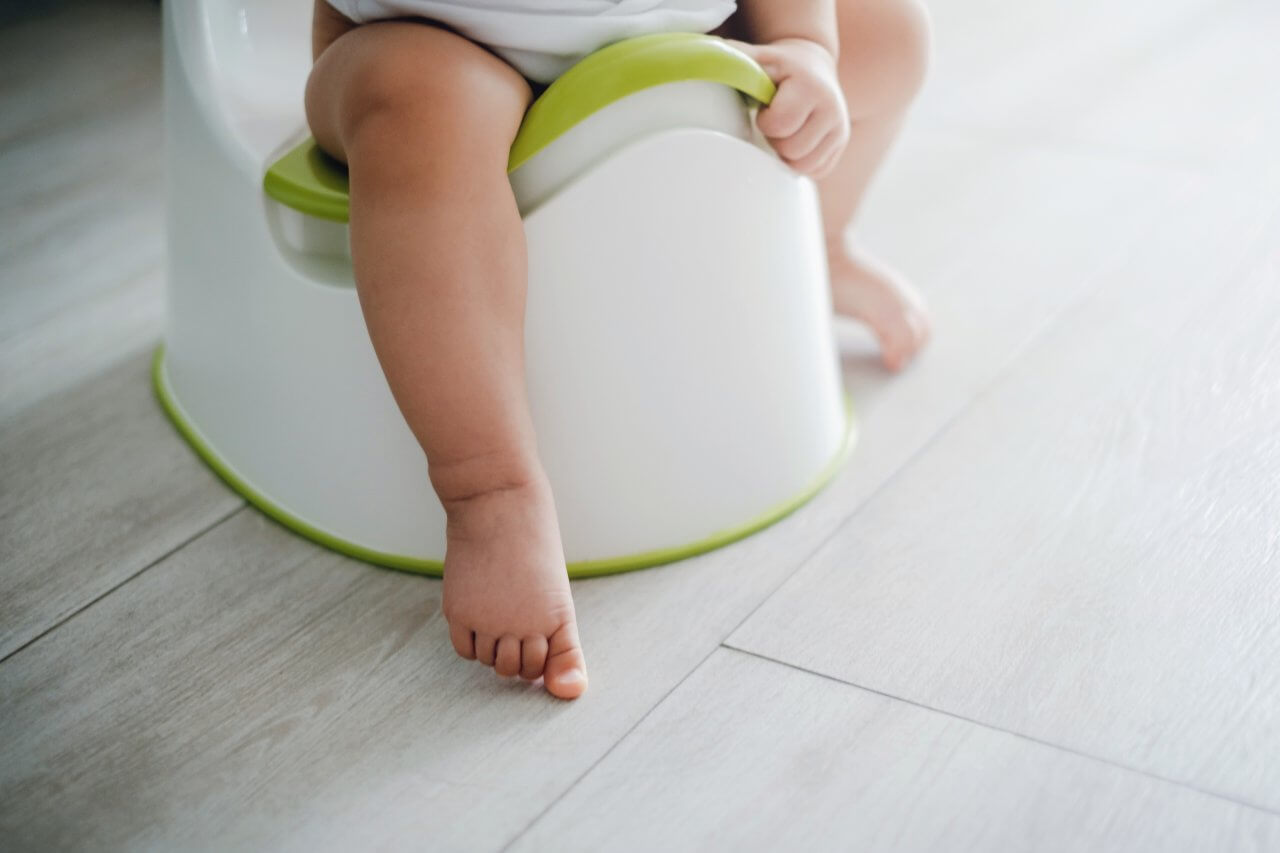Mild vs. Severe Preeclampsia Symptoms

Pregnancy is a confusing time. Lots of changes take place in a woman’s body, and it can be difficult to tell the difference between the normal effects of pregnancy and signs of complications. It is important to know the signs and symptoms of preeclampsia to prepare yourself.
Preeclampsia affects roughly 5 – 8% of pregnancies. The condition only occurs during pregnancy, after week 20 of gestation. It causes high blood pressure and excess protein in the urine of expectant mothers. Preeclampsia also results in decreased blood flow, and therefore decreased food and oxygen, to the developing fetus.
Symptoms of Mild & Severe Preeclampsia
Early Signs of Preeclampsia
Alarmingly, any of the signs of preeclampsia are silent, while some symptoms resemble “normal” effects of pregnancy on your body. Many women who have preeclampsia don’t feel sick and are surprised when placed on bed rest.
Signs and Symptoms of Mild Preeclampsia
Often, mild preeclampsia presents no noticeable symptoms, which is why it can be so dangerous. If a pregnant woman does have preeclampsia, her blood pressure will elevate, she will retain water and there will be elevated amounts of protein in the urine. Weight gain exceeding 2 pounds per week as well as swelling of the hands or face can be a sign of preeclampsia.
Signs and Symptoms of Severe Preeclampsia
If undetected, mild preeclampsia can worsen, causing headaches, changes in vision, sensitivity to light, fatigue, nausea/vomiting, infrequent urination, pain in the abdomen and back, or a tendency to bruise easily. Nausea and vomiting associated with severe preeclampsia are different than “morning sickness.” Morning sickness usually abates after the first trimester; when nausea and vomiting reappear later in pregnancy, it is cause for alarm.
Hemolysis, Elevated Liver enzymes, Low Platelet count (HELLP) Syndrome
HELLP syndrome is a rare, but life-threatening, condition that causes the breakdown of red blood cells and complications with the liver, blood clotting, and blood pressure. Closely linked with preeclampsia, HELLP syndrome can develop before or after delivery.
How to Treat Mild and Severe Preeclampsia
At each prenatal doctor’s visit, blood pressure and urine protein levels should be monitored. If problems arise, healthcare providers may conduct a series of tests or prescribe a range of treatment options for preeclampsia.
Mild Preeclampsia Treatment
- Bed rest
- Lying on the left side
- Increased water intake
- Reduced salt in diet
- More frequent doctor’s visits
Severe Preeclampsia Treatment
- Blood pressure medication
- Hospitalization
The only way to completely resolve preeclampsia is to deliver the baby. If the pregnancy is far enough along, the baby should be delivered as soon as possible, either by induced labor or cesarean section.
When To Contact Your Healthcare Provider
Never hesitate to contact your doctor with questions or concerns about your pregnancy. But, if you notice any mid-term pregnancy vomiting, sudden weight gain, abdominal or shoulder pain, shortness of breath, or changes in vision, contact your doctor immediately.
Treating Preeclampsia at Baptist Health
The only true cure for preeclampsia is to deliver the baby and placenta. If the mother or baby’s health is in serious danger, your doctor may recommend delivering immediately. But unless you are already close to your due date, the preferred treatment is to control and monitor the condition until your baby is developed enough for a healthy delivery. At Baptist Health, we successfully treat many women with preeclampsia every year.




